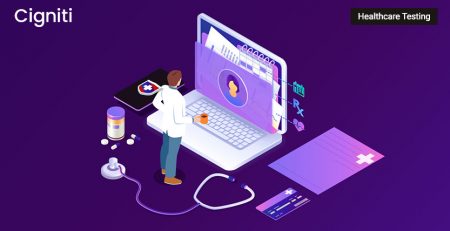Resilience is critical. How can Security Testing build it?
What is ‘Pegasus’?
August 25, 2016 Apple rushed across to all iPhone users with a security update to prevent their handsets from getting infected by the ‘Pegasus’ spyware. ‘Pegasus’ has been considered by experts by far the ‘most sophisticated’ software created to infect and spy into smartphones. The software has been created by an Israeli company, the NSO Group to target Ahmed Mansoor, a prominent dissident in the United Arab Emirates.
This news and discovery is an absolute shocker for not just the iPhone users, but also for smartphone users around the globe and the overall cyber security world. It has raised eyebrows and questioned the secure interface available for our mobile devices.
Let’s take the larger picture into perspective.
Economies around the world are today going through phenomenal changes, resulting in chaos on the political edge. Technology is being unethically abused and exploited as a weapon in these modern day wars. Vulnerabilities in terms of technology and devices are on the rise, building up the ‘insecurity’ scare.
Is Security Testing an answer to determine and bring down the ‘vulnerability’ scare?
Yes, it could be an answer for some obvious reasons:
- Security testing ensures that the application or software builds a secure interface. Practically, it checks the software / application for its vulnerability to external attacks, namely hacking of the system or unauthorized log in.
- It ensures integrity of the data at hand and at the same time checks the required functionality.
- Security testing checks and determines any information leakage with various mechanisms like encryption, firewall, applying a range of software, etc.
- It determines and helps salvage the software / application in an event of critical attack.
Essentially, Security testing covers a gamut of security testing concerns, namely, privacy, integrity, credibility, accessibility, and authorization.
The market for mobile applications is already booming and will see further growth in times to come. It is estimated by market forces that, by 2017 over 268 billion App downloads and $77 billion in revenue will be grossed by the App market. With 46% of applications being paid for, the monetary health of the industry seems strong.
With Apps being installed and used for a range of jobs and intentions, having a robust testing framework for Security Testing is indispensable. With reference to Application Security Testing, experts have validated that interactive testing holds more relevance for estimating an application’s security factors.
Unlike Static and Dynamic tools, Interactive Application Security Testing (IAST) operates differently. While Dynamic Application Security Testing (DAST) solutions test the application’s external factors (outside-in) to identify security issues, Static Application Security Testing (SAST) solutions test the internal factors (inside-out) by checking the source code, byte code, or binaries.
IAST makes both the ends meet and covers up for the gaps created by DAST & SAST.
IAST works with information from the application during runtime, which involves data flow, controls, libraries, and connections in order to effectively identify vulnerabilities. This is the very reason why interactive testing works successfully for ensuring application’s security.
Considering the application is tested while it runs, IAST helps figure out how any situation can be salvaged in case the application breaks down due to its possible vulnerabilities. In a way, IAST works towards determining situations of crisis and builds up resilience.
Likewise, a software security glitch can lead to security lapses across any industry and not just for the mobile devices / applications market. The intensity of Security lapses could multiply for highly sensitive sectors like defence, automobiles, and Banking.
In 2013, Nissan recalled a set of vehicles to address an issue related to air bag seat sensors. A similar recall was done even in 2014, resulting in almost 1 million vehicles getting recalled from the market. Further investigation cleared that the issue with the airbags was due to a software failure, where the sensor was unable to recognize that an adult was seated in the passenger’s seat. As a result, the airbag would not open in case of a crash. This issue just could not get resolved and got listed in the worst software bugs of 2015. The case was further investigated by the U.S. safety officials.
Such glitches create a sorry figure for globally acclaimed brands and can claim serious fall for the business. On the whole, this can lead to a massive blow for the brand’s credibility in the marketplace.
A range of robust Security testing tools combined with a comprehensive testing strategy can empower enterprises / brands to not only identify the critical glitches within the software, but also help the application / software rebound and recover crucial data.
Cigniti has worked with enterprises and brands to address business-critical security challenges with their applications / software. With key focus on Network security, Mobile application security, Cloud application security, and Source code review, Cigniti’s 5 step security test lifecycle helps build your application’s security.





Leave a Reply